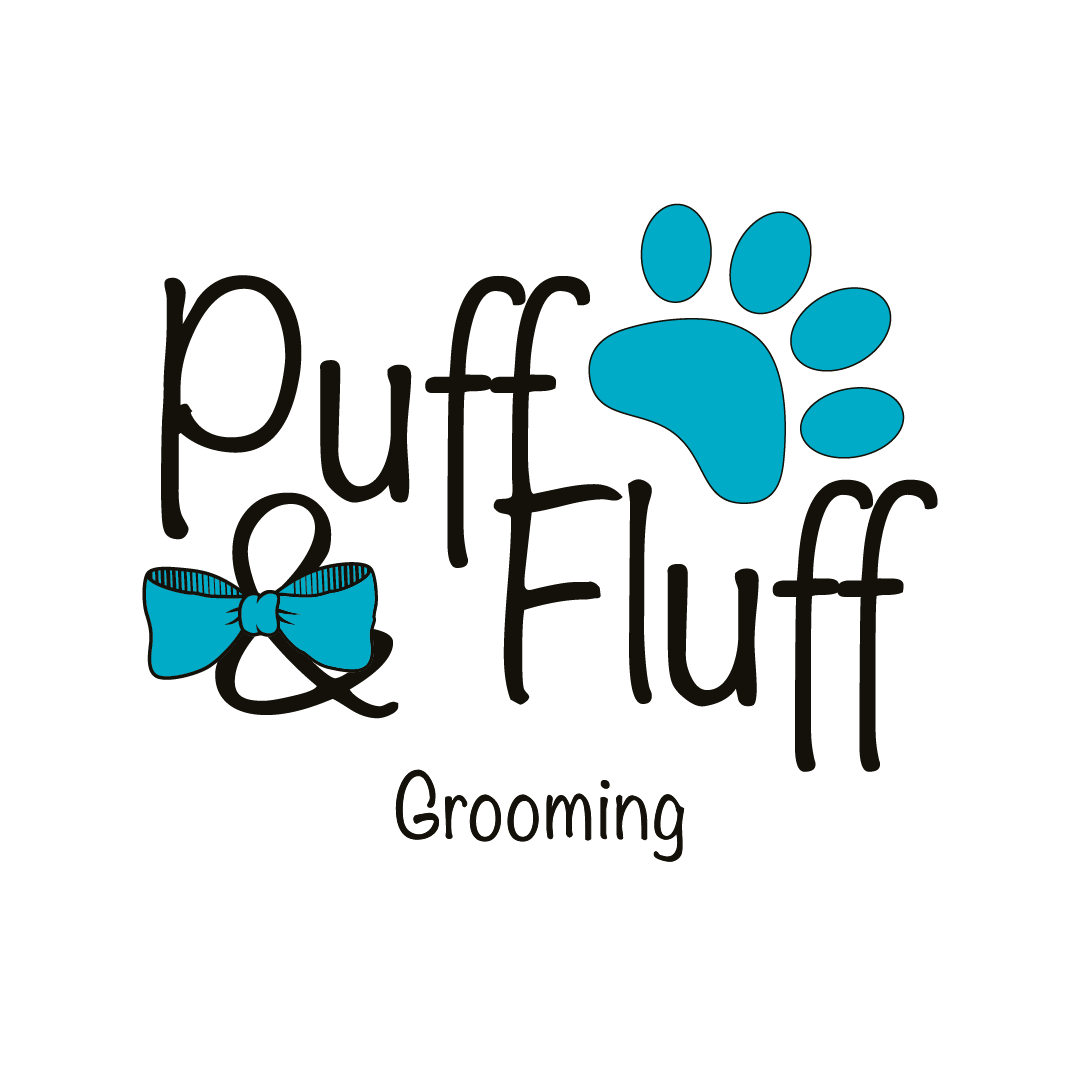Ensuring your dog enjoys a nutritious and balanced diet is vital in supporting its overall health and contributing to a longer lifespan. Every dog needs a mix of essential nutrients to be at its best and these needs can change with age, how active it is and its health. While finding the right dog food might feel overwhelming, having the right knowledge means you can make sure your four-legged buddy gets the nourishment it needs.
The Basics of a Dog’s Diet
Your dog needs the perfect balance of high-quality proteins, healthy fats, complex carbohydrates and water to maintain optimal health.
- Proteins. Protein is made up of amino acids, which are the building blocks for healthy muscles, organs and a strong immune system. Look for high-quality protein sources like meat, poultry and fish, which are among the first few ingredients on the dog food label.
- Fats. Fat is an essential, concentrated source of energy and fat-soluble vitamins. Healthy fats promote a shiny coat, healthy skin and even cognitive function. Check the label for sources like chicken fat, salmon oil or flaxseed oil.
- Carbohydrates. Provide readily available energy for your dog’s active lifestyle. Choose complex carbohydrates like whole grains (brown rice and oats) or vegetables (peas or carrots) for sustained energy and healthy digestion.
- Water: The most important nutrient, water keeps your dog hydrated, regulates body temperature and promotes smoother digestion. Ensure your dog always has access to fresh, clean water.
In addition to these macronutrients, dogs also require a balance of vitamins and minerals for optimal health. Vitamins like A, B, C, D and E are vital for immune function, vision and bone development, while minerals such as calcium, phosphorus and iron contribute to strong bones, energy production and oxygen transportation.
Age-Specific Nutritional Needs
Like humans, dogs have different nutritional needs at various stages of life. What you feed your weeks-old puppy will be different from the food you give to a senior dog. Some important guidelines to follow:
- Puppies. Growing pups are full of energy! So, they need a high-protein diet formulated for rapid growth and development. Select a puppy food rich in protein, healthy fats and DHA (docosahexaenoic acid)—an omega-3 fatty acid essential for brain development.
- Adult dogs. Once your dog reaches adulthood (typically around 1-2 years old), their dietary needs shift toward maintaining a healthy weight and optimal energy levels. Freeze dried raw dog food can be an excellent option during this stage, providing a nutrient-dense and easily digestible diet without excess calories.
- Senior dogs. As your dog ages, its activity levels decrease and its body becomes less efficient at absorbing nutrients. Senior dog food formulations typically have lower calorie content, higher levels of protein for muscle maintenance and ingredients that support joint health like glucosamine and chondroitin.
Read and Understand Dog Food Labels
Dog food labels can be confusing, but with a bit of know-how, you can decipher the valuable information they provide:
- Ingredients list. Ingredients are listed by weight, with the heaviest ingredients listed first. Look for foods with real, recognizable whole-food ingredients like meat, poultry and whole grains and avoid foods with fillers like wheat and corn, which can cause digestive issues.
- Guaranteed analysis. The Guaranteed Analysis section provides a breakdown of the food’s nutrient percentages, including crude protein, crude fat, crude fiber and moisture content.
- AAFCO statements. Ensure that your dog food has the Association of American Feed Control Officials (AAFCO) statement. This indicates that the food has undergone feeding trials and meets the nutritional requirements for a specific life stage (puppy, adult or senior) or is intended for supplemental feeding only.
Supplements and Additives
A well-formulated pet food should offer the right balance of essential nutrients; however, some dogs may benefit from supplements. Fish oil, for instance, is a rich source of omega-3 fatty acids, which can promote healthy skin and coat, support joint health and even boost cognitive function.
Glucosamine and chondroitin are popular supplements for supporting joint health, particularly in senior dogs or those with arthritis. Probiotics for dogs can also be beneficial, especially for pets with food intolerances or digestive issues, as they support a healthy gut microbiome.
However, always be careful of certain additives in some dog foods. Artificial colors, flavors and preservatives offer no nutritional value and may even contribute to health issues in some dogs.
Practical Tips for Feeding Your Dog
Choosing premium dog food is just the beginning when setting up a feeding schedule for your furry companion. Here are some things to consider to ensure their dietary routine is both effective and beneficial:
- Determine appropriate portions based on your dog’s age, activity level and body condition score to maintain a healthy weight. Use the following standard calculation to find your dog’s base caloric requirements:
30 x weight in kg (or pounds divided by 2.2) + 70 = daily caloric needs
For example, a 40-pound standard poodle would need around 615 calories divided over two meals daily.
- Dogs thrive on routine, so you need to establish a consistent feeding schedule. Adult dogs should be fed twice daily (once in the morning and the evening.)
- When transitioning to a new food, introduce it gradually over 10 days by slowly increasing the ratio of new food to old food to avoid gastrointestinal upset.
- Consider your dog’s individual needs and preferences. Some may do better with smaller, more frequent meals, while others prefer larger meals spaced further apart. Finding the right feeding schedule for your pet may take some trial and error.
Give Your Pet the Best Nutrition
You’re investing in your dog’s overall health and well-being by providing it with a balanced diet rich in essential nutrients. A well-nourished dog will have a shiny coat, healthy skin, plenty of energy and a strong immune system to fight off illness. Remember, a happy and healthy dog is a joyful companion for years to come!
